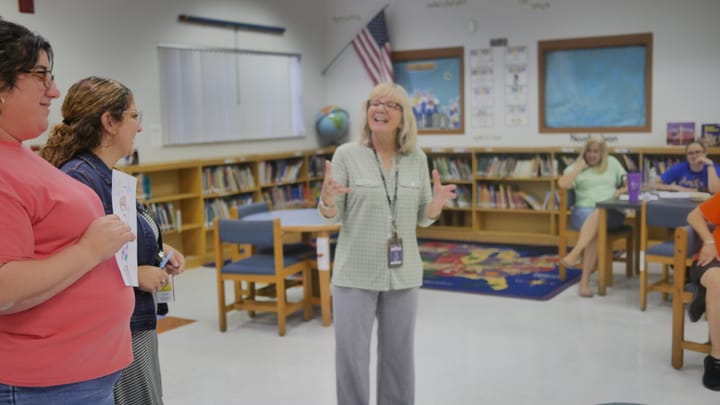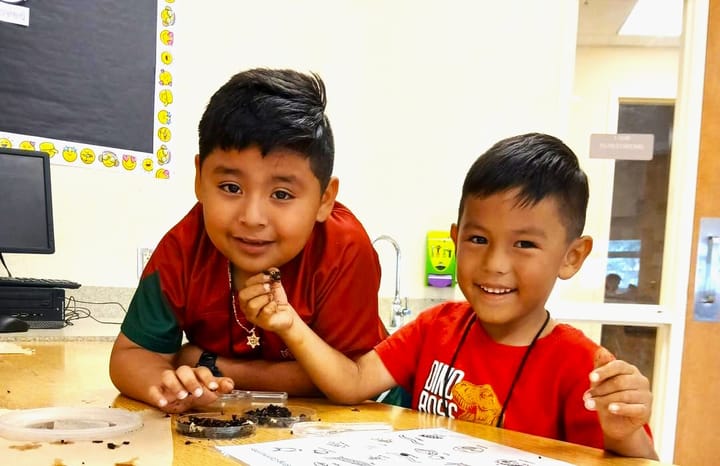The present study built on this empirical base by examining changes in OST staff ratings of youth SEL during 2 school years, 2019-2020 (Year 1) and 2020-2021 (Year 2).
Source: Journal of Youth Development, Vol 17, No 4 (2022)
Youth Social and Emotional Learning in Quality-Enhanced, Out-of-School Time Programs
Authors: Annick Eudes Jean Baptise, Research Manager, Prime Time Palm Beach County
Stephanie Giannella, Research Associate, Prime Time Palm Beach County
Celine Provini, Director of Research, Prime Time Palm Beach County
Introduction
Prior research has demonstrated the positive impact of out-of-school time (OST) program quality on youth outcomes, including social and emotional learning (SEL). Naftzger and colleagues (2014) found that students who attended higher-quality programs were more likely to be promoted to the next grade on time, compared to those who attended lower-quality programs. Extending this finding, Lindeman et al. (2019) demonstrated that when programs improved in quality, youth were more likely to increase and maintain SEL skills. In fact, young
people who began the school year with less-developed SEL skills were more likely to make progress.
Pierce et al. (2010), while controlling for child and family background and children’s prior developmental outcomes, revealed a link between positive staff–child relations (a key element of program quality and SEL) and better academic performance and social skills.
American Institutes for Research (2015) reviewed rigorous studies examining SEL gains among youth who regularly attend quality OST programs, finding increases in indicators such as peer to-peer social skills, engagement, intrinsic motivation, concentrated effort, and positive states of mind. Likewise, a key finding emerged from a review of 68 OST studies (Durlak & Weissberg, 2013). Compared to programs that do not implement established best practices for building
youth SEL, programs that do implement these practices show significant improvements in youth outcomes related to self-perception, school bonding, positive social behaviors, conduct problems and drug use, achievement test scores, grades, and school attendance.
The present study built on this empirical base by examining changes in OST staff ratings of youth SEL during 2 school years, 2019-2020 (Year 1) and 2020-2021 (Year 2). Two analyses were conducted; each included some OST programs operated by the School District of Palm Beach County, and some operated by community-based organizations or municipalities. All programs engaged in continuous quality improvement by participating in the Palm Beach
County Quality Improvement System (QIS).



